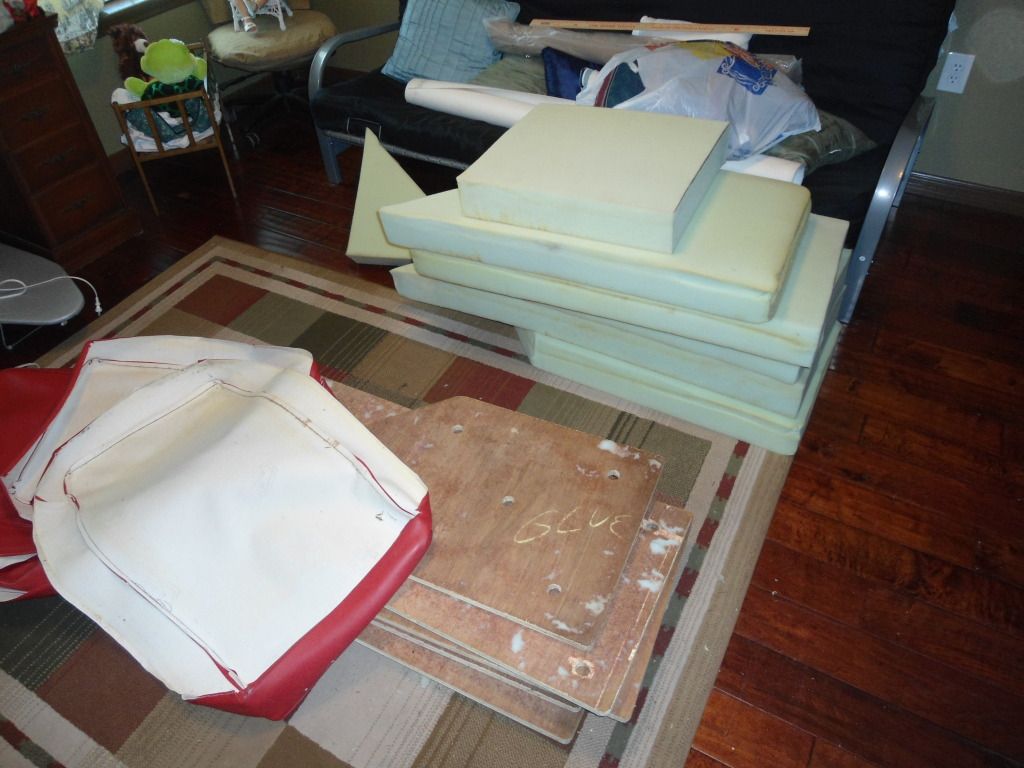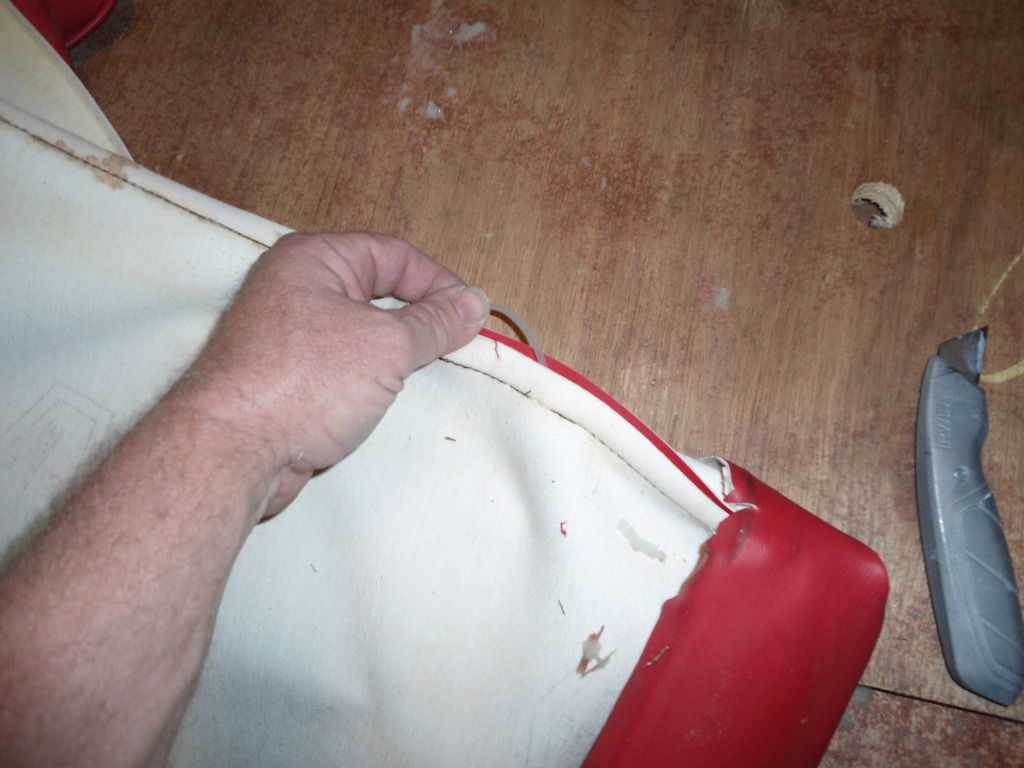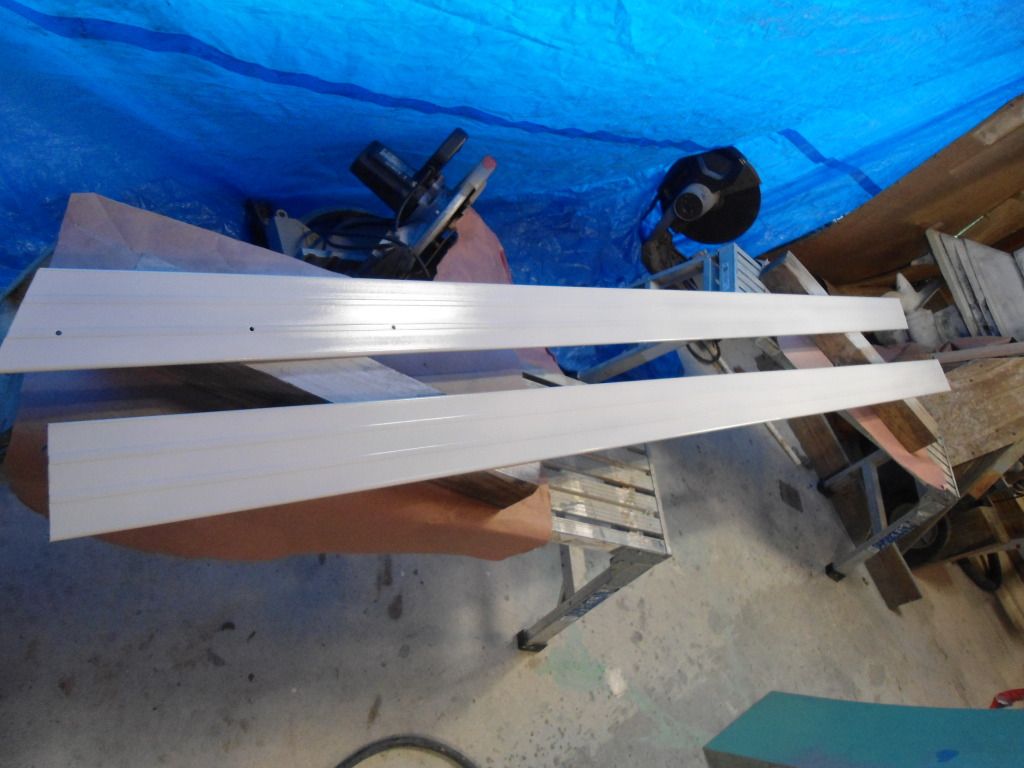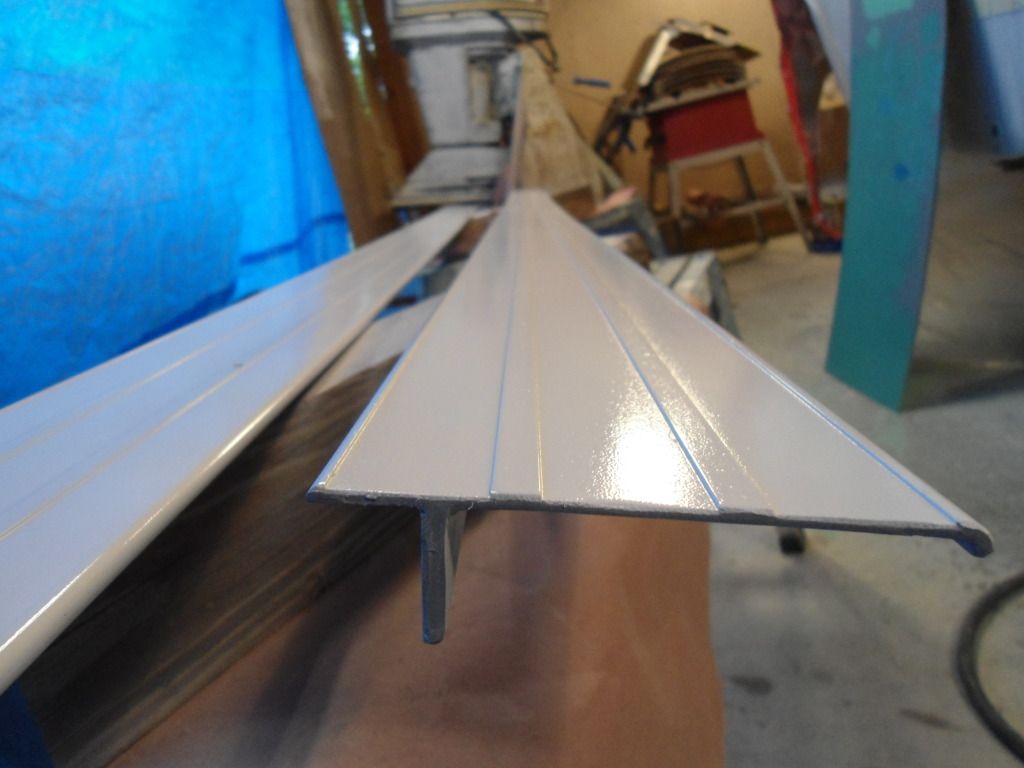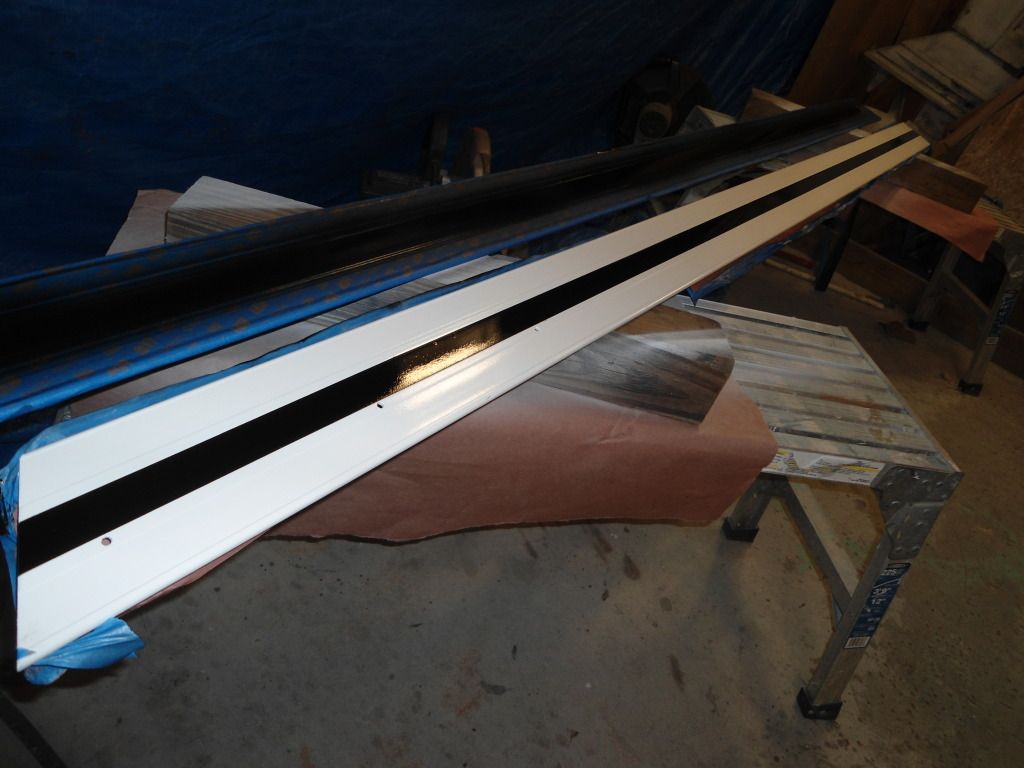My trouble spraying was too much pressure at the gun, turned it down to the range you're using & worked great.
[FONT="]Problem[/FONT][FONT="]
[/FONT][FONT="][/FONT] | [FONT="]Cause[/FONT][FONT="][/FONT] | [FONT="]Solution[/FONT][FONT="][/FONT] |
[FONT="]Orange Peel.[/FONT][FONT="][/FONT]
| [FONT="]1. Material drying too fast.[/FONT][FONT="][/FONT]
| [FONT="]Slower solvent.[/FONT][FONT="][/FONT]
|
| [FONT="]2. Gun too far from surface.[/FONT][FONT="][/FONT]
| [FONT="]Move gun closer to surface.[/FONT][FONT="][/FONT]
|
| [FONT="]3. Material too thick.[/FONT][FONT="][/FONT]
| [FONT="]Thin material per thinning instructions.[/FONT][FONT="][/FONT]
|
[FONT="]
[/FONT][FONT="][/FONT]
[FONT="]Topic: Orange Peel with HVLP gun[/FONT][FONT="] (Read 3454 times)[/FONT][FONT="][/FONT]
|
[FONT="] [/FONT]
[FONT="]Jhonny[/FONT][FONT="]
Guest
[/FONT][FONT="][/FONT]
|
| [FONT="]Orange Peel with HVLP gun[/FONT][FONT="]
[/FONT][FONT="]? [/FONT][FONT="]on:[/FONT][FONT="] Sep 28[SUP]th[/SUP], 2004, 10:00am ?[/FONT][FONT="][/FONT]
| |
[FONT="]From what I have read it seems that orange peel with HVLP spray gun is the most common problem with novice painters. I just recently sprayed my car and have some major orange peel. What is the best way to fix the problem? What is the best way to avoid having it happen with the next coat of paint?
I guess I'm applying to much paint, but if a go lighter it doesn't seem to "flow" and looks like paint splatter with large droplet size. Should I just leave the large droplet size and then assume the paint will flow after I move on?
Thanks in advance [/FONT][FONT="][/FONT]
| | | |
|
|
[FONT="] [/FONT]
[FONT="]PaintMasterB
[/FONT][FONT="]YaBB Administrator[/FONT][FONT="]
[/FONT][FONT="][/FONT]
|
| [FONT="]Re: Orange Peel with HVLP gun[/FONT][FONT="]
[/FONT][FONT="]? [/FONT][FONT="]Reply #1 on:[/FONT][FONT="] Sep 28[SUP]th[/SUP], 2004, 12:30pm ?[/FONT][FONT="][/FONT]
| |
[FONT="]Hi, thanks for posting!
Yep, that's the biggest problem with learning an HVLP gun.
There are a few things that can cause orange peel. The wrong fluid tip size, under-reduction, air pressure, and spray technique are most common. If you are used to a conventional gun then it's most likely technique. You have to shoot much closer to the panel with an HVLP than with a conventional. So close that it's scary, try six inches or so. That low pressure makes it glob on if you are too far away. Practice on a scrap piece or fender or something. You'll see the clear goes on smoother at closer range. Just adjust your speed and volume control to avoid runs. If you still get orange peel, then try a little more reduction.
Now, you already have the peely finish. You can try color sanding and buffing. But if it's really bad, just sand with 600 grit and recoat with clear. No matter how good you are, you are going to get some texture so you'll have to color sand and buff if you want the slick show look. But less orange peel makes sanding way easier.
Good Luck!
Larry [/FONT][FONT="][/FONT]
| | | |
|
|
[FONT="] [/FONT]
|
| [FONT="]Re: Orange Peel with HVLP gun[/FONT][FONT="]
[/FONT][FONT="]? [/FONT][FONT="]Reply #2 on:[/FONT][FONT="] Sep 29[SUP]th[/SUP], 2004, 12:42pm ?[/FONT][FONT="][/FONT]
| |
[FONT="]Thanks for the response. I'm not going to clear-coat the Acrylic Enamel. So I guess my best bet is to sand some/most of the ripples out with 600 grit and then respray? On small parts I can get it "right" most of the time. It is just a problem when shooting large parts or a car. I'm thinking that I get overwhelmed with a large job and put the paint on way to thick? Meaning it looks good as I shoot it but orange peels later. Some of my inside panels that I just sprayed quick and then ignored didn't cover 100% but came out smooth, shiny, and clean. Should I just be spraying a light coat and then move on for 10 minutes. When I did this before it looked bad and orange peeled, but when I cam back later is smoothed out just fine. Is this a common effect with HVLP. FYI I'm using a medium reducer and 1.4 mm tip.
Thanks again for all the advice. [/FONT][FONT="][/FONT]
|
[FONT="]
Ask the Expert Question-and-Answer Archive[/FONT][FONT="]
[/FONT][FONT="]by Ron Joseph [/FONT][FONT="]
[/FONT][FONT="]October, 2005[/FONT][FONT="]
[/FONT]
[FONT="]Orange Peel Paint Defect with HVLP Spray Gun [/FONT][FONT="]
[/FONT]
[FONT="]Q. I am trying to spray my truck but can't get rid of the orange peel effect. I am using an HVLP gravity feed gun. I am spraying with NASON Urethane paint. The paint calls for 8-parts paint 1-part catalyst and 2-parts reducer. I am spraying at 10 lbs pressure. I have heard a couple of different ways to possibly eliminate the problem but nothing has worked yet. I could really use your advice. Thanks . [/FONT][FONT="]
[/FONT][FONT="]A. You are probably using way too little air pressure. I assume that when you say that the atomizing pressure is 10 lbs you are referring to the pressure that you read on the pressure gauge at the handle of the spray gun? Well, if that it so then I'm not surprised that you are getting orange peel. I don't know which HVLP spray gun you are using, but you are permitted to increase the atomizing pressure so that it reads 10 lbs per square inch (psig) at the
CAP of the gun ...
not at the handle. Special pressure gauges can be purchased from the spray gun vendor to measure the pressure at the
CAP. If you refer to the spray gun manual it will tell you what the maximum pressure is at the handle of the gun to give you 10 psig at the cap.
By increasing the at atomizing pressure without increasing the fluid (paint) flow rate, you will significantly improve the finish. On the other hand, if you over atomize the paint you will get dry spray, so I suggest that you experiment with the air pressure until you get the best atomization.
By the way, within the next few weeks I will be selling a CD that provides step by step methods for setting up an HVLP spray gun.[/FONT][FONT="][/FONT]
[FONT="] [/FONT]
[FONT="]Regards,
Ron Joseph [/FONT][FONT="][/FONT]




















